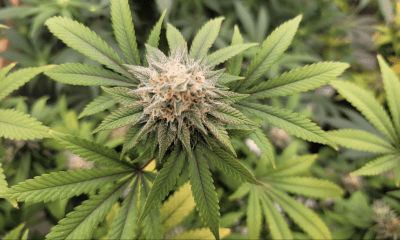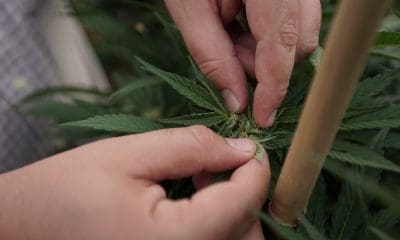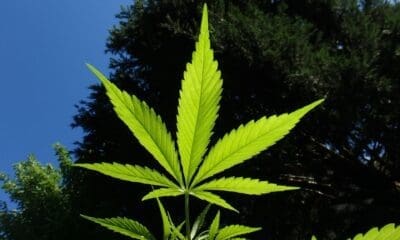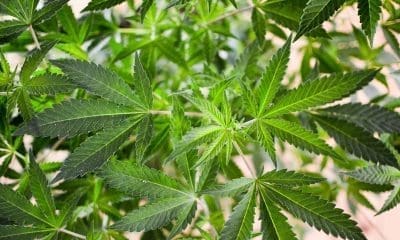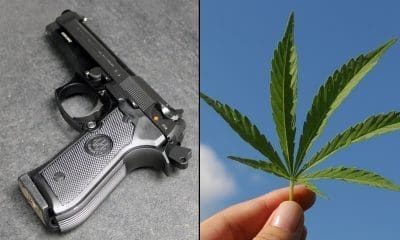Science & Health
Legalizing Marijuana Doesn’t Lead To Higher Youth Use, New Study Shows
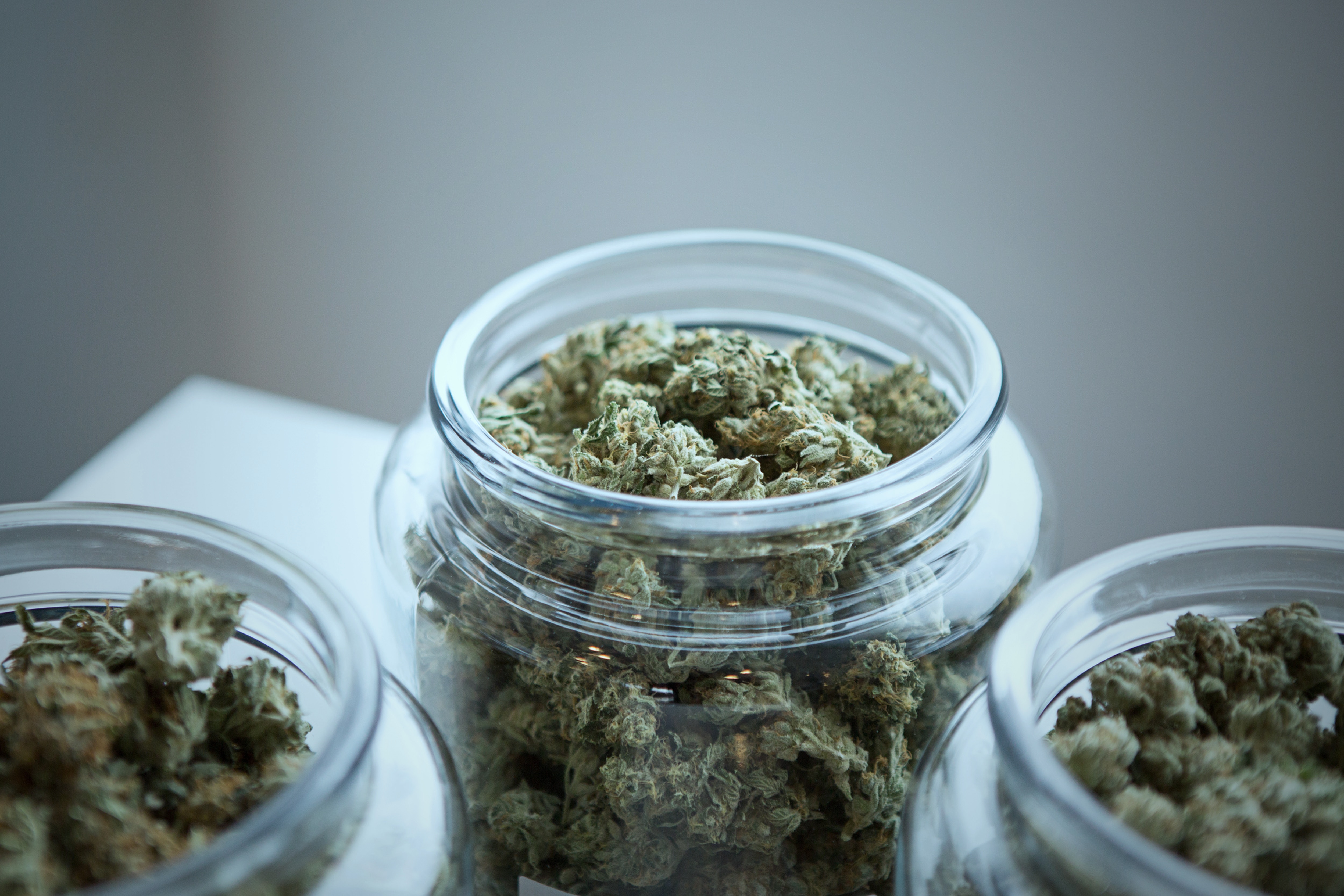
Yes, states with legal marijuana have slightly higher rates of youth cannabis consumption compared to non-legal states. But the act of legalization doesn’t appear to be the primary factor behind that trend, according to a new study.
Instead, researchers concluded that “differences between states with and without legal non‐medical cannabis may partly be due to longer‐term patterns established prior” to legalization’s enactment.
A survey of more than 4,000 teenagers throughout the United States found evidence that legal states experience higher consumption rates “regardless of how long the policy had been implemented or whether markets had been established.”
The finding appears to run counter to claims made by legalization opponents. A primary concern when it comes to legalization, according to prohibition advocates such as Smart Approaches to Marijuana (SAM), is that establishing legal marijuana markets would cause more youth to seek out cannabis.
But this study, published in the journal Drug and Alcohol Review, came to a different conclusion.
“Relatively few differences were observed between states with an established market and those that only recently legalized, which suggests that differences between legal and non-legal states may be partly due to pre-established trends and a type of ‘self-selection’ effect, in that states that legalize non-medical cannabis typically have higher rates of cannabis use anyway,” the authors wrote.
Survey respondents were asked questions about their level of consumption, mode of use, perceptions of access and risk and driving under the influence.
When it comes to consumption patterns, there was a difference between legal and non-legal states: 13.3 percent of respondents in states without any legal marijuana laws reported using cannabis in the last month, whereas 17.6 percent of those in states with new recreational markets and 20.3 percent of those in states with long-established recreational markets reported consumption over the same time period.
However, the survey also revealed some interesting, behavioral differences between those in legal and non-legal states. Young people in states without recreational marijuana laws are slightly more likely to use marijuana with tobacco, they’re less likely to worry about future health issues developing as a result of their cannabis use and they’re more likely to report having driven a vehicle within two hours of consuming marijuana.
Another interesting tidbit: perceptions of harm from smoking marijuana are actually somewhat higher in states with long-established recreational marijuana states compared to flatly prohibitionist states.
That would appear to throw another wrench in arguments from anti-legalization groups about the end of prohibition causing young people to think cannabis use is totally without risk.
For instance, SAM’s FAQ suggests under a chart labeled, “Youth use rates in states that have legalized marijuana outstrip those that have not,” that “youth perception of the risks associated with drug use is perhaps the most important determinant of whether they will engage in illegal drug use.”
“In other words, young people who perceive a high risk of harm are less likely to use drugs than young people who perceive a low risk of harm from that drug.”
While there are plenty of studies that draw differing conclusions concerning the effects of legalization, this latest research raises serious doubts about the causal relationship between ending prohibition and youth marijuana use.
Here’s a selection of data points included in the study.
| Used cannabis in the last month | |
| Prohibited states | 13.30% |
| New, non-medical states | 17.60% |
| Established, non-medical states | 20.30% |
| Smoked cannabis WITH tobacco in a joint or blunt | |
| Prohibited states | 32.70% |
| New, non-medical states | 30.60% |
| Established, non-medical states | 20.50% |
| Not worried that using cannabis will damage your health in the future | |
| Prohibited states | 67.40% |
| New, non-medical states | 55.90% |
| Established, non-medical states | 63.80% |
| Driven a car or other vehicle within two hours of using cannabis | |
| Prohibited states | 29.30% |
| New, non-medical states | 19.10% |
| Established, non-medical states | 26.10% |
Medical Marijuana Reduces Opioid Prescriptions, Another Study Finds




